The Edo period made Japan Japan. This long segment of peace shaped Japanese gender expectations and continues to influence them today. Japan was once a matriarchal society. The influx of Confucian ideas from China around the 15th century eroded the ability of women to hold power. Confucian ideas stressed hierarchy, male dominance, integrity, and righteousness. Women became subservient (Sugihara 2000). Japan divided along class lines that became distinct during the Edo period: the ruling class, townsman class, and the peasant class. Each class had tiers within it. Samurai increased in rank all the way up to the shogun. However, even the lowest samurai remained higher in social standing than the highest peasant. The walls between the classes could be shattered with work, but most of the time people moved downward through the classes. Samurai became farmers more often that farmers became samurai (Platt, 2000). Each class had its own gender expectations.
The House System
At the center of Edo period gender roles stood the ie or house. This organization system originated in Confucian China. Men headed the house, and women changed their names to that of her husband. Her social status was dependent on her husband. Before the house system, women were able to keep their names and own property (Sugihara, 2000). At first, the house system appears constraining for women, and for samurai women it was. However, the system gave women control of the business within the house. Men controlled the business outside the house. The Confucian ideal between the genders is best described by a book called the Onna Daigaku, or Greater Learning for Women: “men pursue their duties without, while women govern within.” Men were not to speak of what belongs in the house and women were not to speak of what belongs outside. The ideal of the Edo period was for men and women to form a harmonious union. Through this union, the house prospered. This idea replaced the Chinese Confucian idea that husbands and wives were to be distinct and separate (Sekiguchi, 2010). Confucianism stressed the preeminence of men over women, stating: “A woman is to obey her father as daughter, her husband as wife, and her son as aged mother.”(Walthall, 1984) This view reflected in the laws of the period. Women did not legally exist. In practice, these ideas were mostly limited to the samurai class.
Heads of households were expected to protect and nurture the family name and the business of the house. This extended to all three classes. The house was more important than any single member. The gender expectations of each class centers around this idea, but how they went about nurturing the house defined gender roles for each class.
Gender Expectations for the Samurai Class
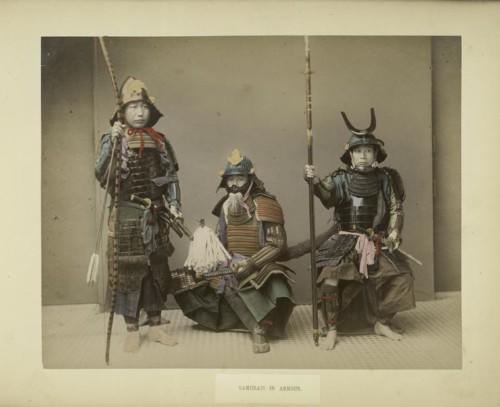
Its tone sounds so lecherous that it is not regarded as a musical instrument. It is a tool for courtesans. You should definitely not learn to play the shamisen. However, you should learn the names of its parts.
Samurai women were expected to be strong and endure in addition to being educated and subservient. Despite these trends, when the Edo period ended samurai women remembered their history. They fought some of the final battles of the Edo period.
The Onna Daigaku summarized the role samurai women played in the house:
A woman must be intent on the duties of her household, and must not weary of weaving, sewing, and spinning…, nor must she feed her eyes and ears with kabuki, kouta, and joruri.
Samurai men, as heads of the household, had the obligation to continue their lineage and carry the business of their family. Most importantly, they carried the honor of their family. Men were expected to be well-trained in military arts and literature. In the old days, samurai would gain honor through bravery and decisive action on the battlefield. They would return with the heads of those they killed in battle, and through this they gained honor. Yes, samurai were head hunters. Without war, Edo period samurai culture shifted from bravery and decisive action on the battlefield to finding ways to show their bravery and decisiveness in other ways. Shame —haji–played a key role in the identity of samurai men. The class defined itself as the class that would risk their lives to defend their good name. Shame differed from how we understand it. While it was a feeling, shame was also a combination of inner principles and societal views of a samurai. As heads of household, shame could spread from samurai men to the rest of the family. Samurai honor lacked a set guide for shame. Instead, samurai men decided when and if his honor needed defense. Autonomy was important for samurai men, even as it was denied samurai women. The practice of seppuku, or ritualized suicide, was the final act of autonomy a samurai could commit (Ikegami, 2003). The accusation of cowardice made the blackest stain on a samurai’s honor.
Confucian scholar Muro Kyuso (1658-1734) defined the samurai’s moral code as principled autonomy:
The disciplined and rightful attitude of the samurai should include the following: not to speak falsehood; not to work for selfish gain; to keep the mind straightforward and honest; simplicity in external appearance; to maintain a disciplined and courteous bearing, neither flattering one’s superiors nor being arrogant toward one’s juniors; to keep promises unfailingly; and not to ignore another in hardship. . .
Samurai not only had to worry about their reputation, but the lord they served as well. Their actions could disgrace their lord. Many samurai served their lords out in rural fortresses where they oversaw and protected the surrounded villages. Samurai were not allowed to own businesses. They had to work as administrators as befitting their social standing. Samurai were paper pushers in the Edo period. In return, samurai received stipends according to their rank.
Gender Expectations of the Townsman Class
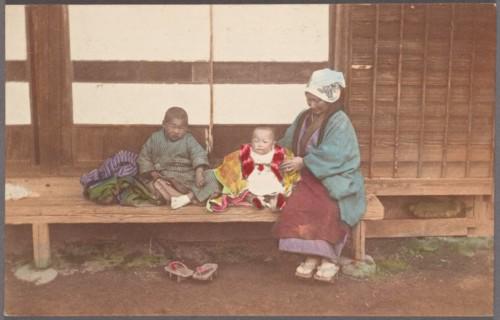
Private school systems thrived during the Edo period. Called terakoya, some scholars estimate as many as 86% of children who lived in the city of Edo went to these schools. The schools were ran by priests, Confucian scholars, doctors, merchants, and female teachers. They lacked tuition, and parents could pay teachers in goods, such as produce or rice cakes. Girls and boys started school around 6 years old and left after 3-4 years. Literacy was so widespread in the cities–and in the countryside as we will see–that European visitors to Japan at the end of the Edo period were shocked. The ability to read was more widespread than in England and Europe at the time (Tanimura, 2011).
The Onna Shikimoku, yet another girl’s teaching book, states:
The girls of the townsman class will become the wives of merchants, and so they are encouraged to be literate to help with their family business. . . People who cannot write are called illiterate. These people have eyes, but they are like the blind.
Women were expected to help men. Townsman class men, unlike their samurai brethren, relied on their women to help carry the burden of the house. Unlike samurai men, townsmen didn’t worry about honor as much as the reputation of their business. Men were expected to know how to read, write, do arithmetic, and understand ethics. Many men paid for extra education for their daughters. In addition to private schools, they sent their daughters to classes to learn how to play the shamisen. Despite the public disdain samurai had for the instrument, it became popular behind closed doors. It also appeared in theatrical art forms like kabuki. Girls who mastered the instrument had a chance to move across the line between the samurai and townsmen classes. Poor townsmen girls dreamed about becoming concubines for high ranked samurai. It was a common fairy tale told in cities and rural villages (Tanimura, 2011). Becoming a mistress to a samurai brought a family wealth and social status. Talented townsman class girls became maids and ladies-in-waiting for samurai families. This let her learn the customs and tastes, and styles of samurai women. In turn, her family could use this knowledge to better the family business and their own social standing among other townsman families.
The Miyako Fuzoku Kagami,published in 1681 states (Tanimura, 2011):
In cities, if parents have daughters with good looks, they send those daughters out to the provinces, and put them in service with country lords. There are a good number of people who originally came from low class families, but became rich through their daughters’ service. If such parents have a girl with sophisticated beauty, they place great hopes in her. In order to have her support the family, they raise her carefully and have her become literate and learn calligraphy or take shamisen lessons. Or, if they think that it might be valuable for her future, they send her to street performers to learn dancing.
Townsman class men taught their sons the family trade and worked to provide for their families. Their relationships with their wives and daughters was more equitable than the samurai class. The peasant class shared this in common with their urban counterparts.
Gender Expectations of the Peasant Class
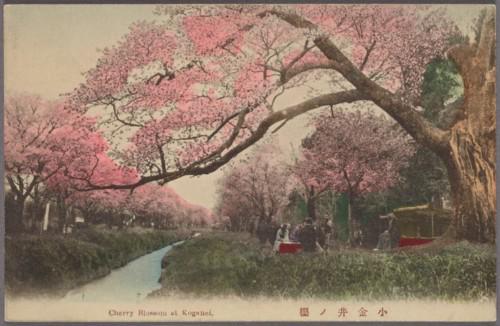
Even among the samurai farming was considered honorable. Not as honorable as being a samurai but still honorable. The peasant class took pride in their role and referred to themselves as honorable peasants, onbyakusho. Samurai were seen as protectors, and the townsman class seen as serving the samurai.
Men and women had different labor roles. For example. weaving and papermaking–both lucrative trades–were done by women. Men gathered firewood and made charcoal–less lucrative trades than weaving and papermaking. Peasant women, like townsman class women worked in public (Katsumi. 1989).
The peasant class was also fairly educated and literate. Leading families in villages were expected to be literate. Head families had the responsibility to collect taxes and carry out the written orders of the samurai class. The shogunate encouraged the peasant class to learn practical writing, reading, and math skills. By the end of the Edo period, most heads of peasant households could read (Katsumi, 1980). Some of the leading families were once samurai. Some samurai families willingly bought farms and converted to the peasant class (Platt, 2000). This brought a taste for samurai style and arts to rural villages.
The Roles of Children
Across each of the three social classes, children were expected to master the skills of their station. Samurai children mastered martial arts, literature, administration, and the warrior code. Townsman class children went to school for reading, writing, mathematics, and learned the family trade. Talented girls had the opportunity to enter the world of the samurai if they worked hard. Boys were mostly locked in their station. But they did have the option of becoming monks and religious leaders. Peasant children lived on the farm and learned the various side businesses like weaving and charcoal making that supplemented the household. Many also learned writing, reading, and mathematics.
The Division Among the Classes
We focused on the division between the classes but families also vied within classes for social status. Village heads were the top of the peasant class. The indentured laborer sat on the bottom. The concubine for a high ranked samurai sat at the top of the townsman class. Beggars sat at the bottom. The Shogun capped the samurai class, and the lowest ranked samurai were relegated to doing meaningless administrative busywork or becoming ronin, or samurai without masters.
Divorce in the Edo Period
At times, one person or the other couldn’t carry the burden of the family. Dowries dictated the rank of a samurai woman’s marriage in the middle of the Edo period. Divorces among the samurai could only happen with the permission of the domain’s lord. Townsman and peasant classes allowed men to write a short letter of divorce to his wife. If she accepted it, the divorce was complete. These letters were about three lines (Cornell, 1990):
To my wife. It is my pleasure to divorce you.
There is no objection to your marrying anyone whomsoever.
Witness my hand, this day and month
Men who married without issuing this letter and having it accepted were banished. Women could issue letters of divorce as well (Tadashi, 2003).
What is Missing with Gender Expectation Discussions
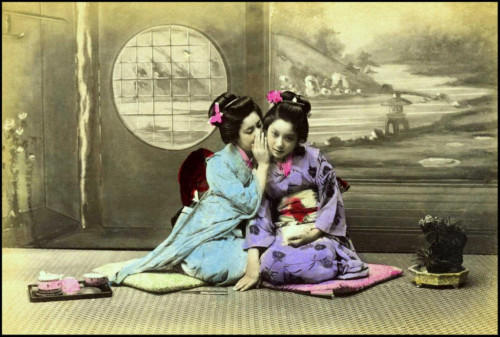
Some people lived outside the expected gender roles, such as geisha and actors. Geisha could be their own business, and the life offered women a level of independence unknown to the other classes. Actors shared the pleasure districts with geisha or traveled to villages in troupes. Some actors and geisha became celebrities. Their fame allowed them to cross the boundaries between all of the classes. Kabuki was one of the few areas where all three classes mingled, much to the distress of the shogunate. Each of the classes of the Edo period had their own view of how to continue and improve the household. Each class wanted the best life possible for their children and grandchildren.
References
Cornell, L. (1990). Peasant Women and Divorce in Preindustrial Japan. Signs. 15 (4). 710-732.
Friedman, S. (1992). Women in Japanese Society: Their Changing Roles. http://www2.gol.com/users/friedman/writings/p1.html
Ikegami, E. (2003). Shame and the Samurai: Institutions, Trustworthiness, and Autonomy in the Elite Honor Culture. Social Research. 70 (4).1351-1378.
Katsumi, Fukaya (1980) Tokugawa Peasants and the Three Rs. Japan Interpreter. 13 (1) 126-128.
Platt, B. (2000) Elegance, Prosperity, Crisis: Three Generations of Tokugawa Village Elites. Monumenta Nipponica. 55 (1) 45-81.
Sekiguchi, S. (2010) Confucian Morals and the Making of a ‘Good Wife and Wise Mother”: From ‘Between Husband and Wife there is Distinction’ to ‘As Husbands and Wives be Harmonious’ Social Science Japan Journal. 13 (1) 95-113.
Shin, M. (2010) Making a Samurai Western: Japan and the White Samurai Fantasy in The Last Samurai. The Journal of Popular Culture. 43 (5) 1065-1080.
Sugihara, Y. and Emiko Katsurada (2000) Gender-Role Personality Traits in Japanese Culture. Psychology of Women Quarterly. 24. 30-318.
Tanimura, R. (2011) The Study of Shamisen Among Girls of the Late Edo Townsman Class. International Research Centre for Japanese Studies, National Institute for the Humanities. 73-96.
Tadashi, T. (2003) Marriage and Divorce in the Edo Period. Japan Echo. 30 (5).
Walthall, A. (1984). Peripheries. Rural Culture in Tokugawa Japan. Monumenta Nipponica. 39 (4) 371-392.
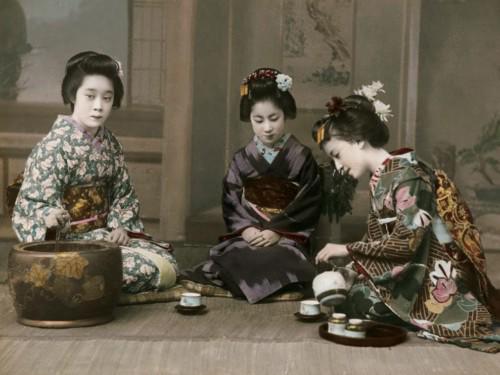
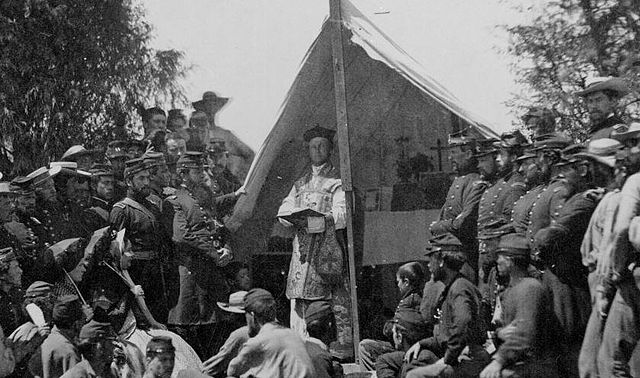
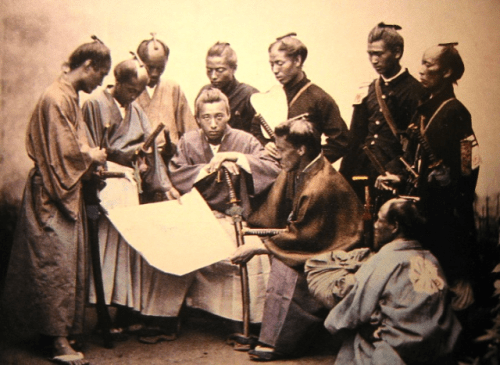
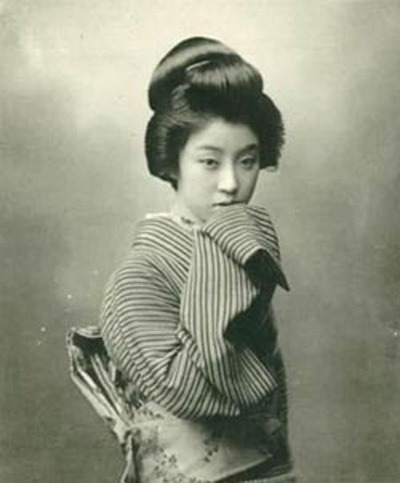

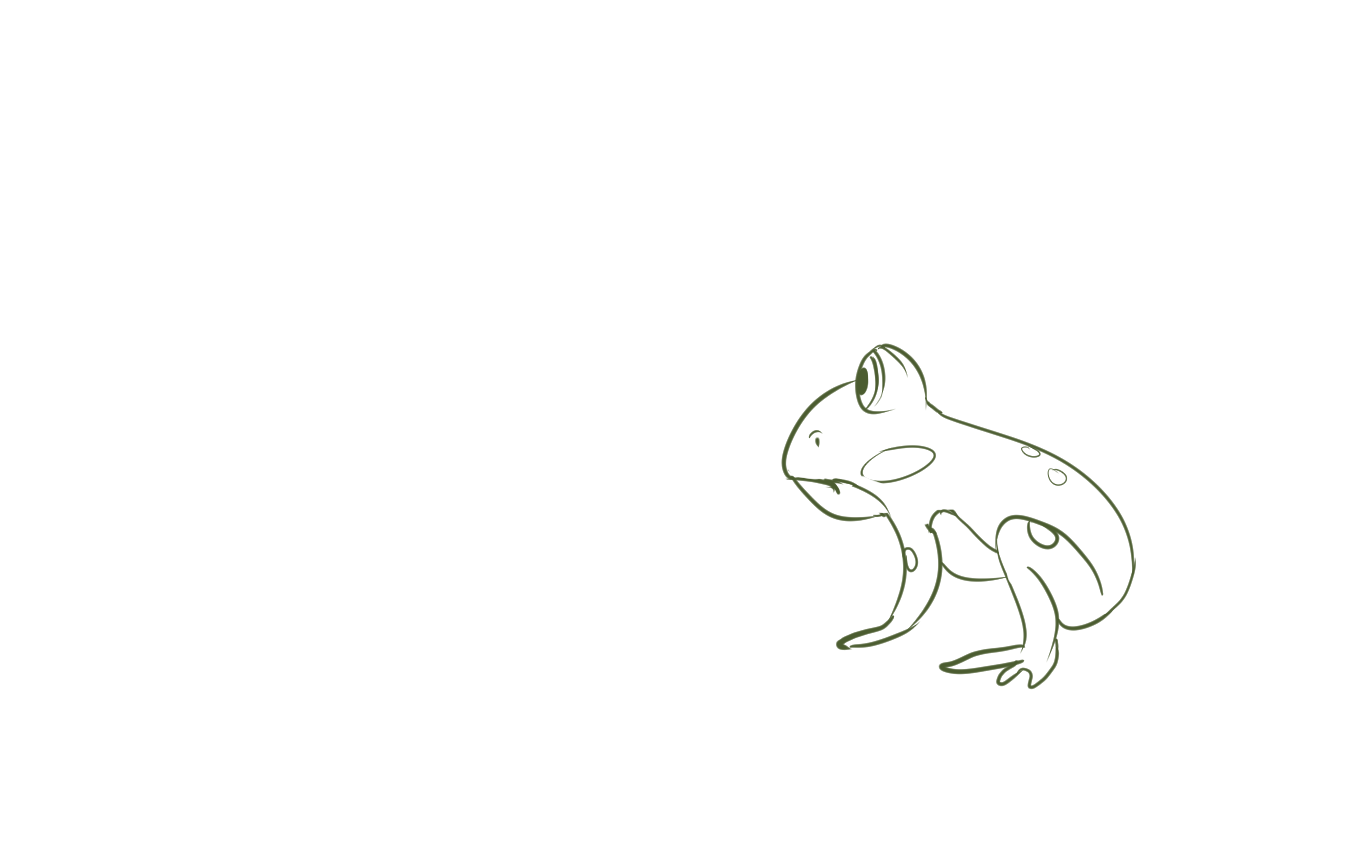
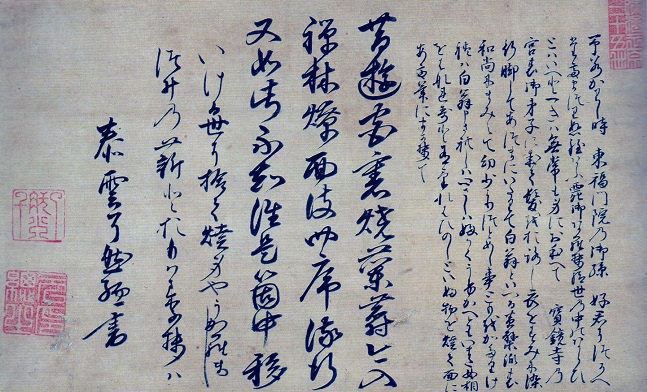
あなたならもっと上手くやれるはず
I’m sure the article could be improved in many ways. What information do you think I got wrong or left out?
there is a really disturbing ad that is popping up could you please do something about it
What ad do you mean? I don’t run advertisements on JP.
Enjoying your site!
Thank you!
pretty cool, could use more detail tho.
Thanks for the suggestion. I wrote about female gender roles and male gender roles in modern Japan and how the Edo period influenced each.
I stumbled upon your blog just yesterday and I’m in love. ♥♥♥ がんばってください
ありがと Thank you. I’m glad you enjoy JP.